Michael M. Phillips
The Afghanistan war is at a stalemate, but in Achin, on the Pakistan border, the U.S. and its Afghan allies have driven militants from farms and villages
ACHIN, Afghanistan—The Special Forces captain gestured to the Takhto Valley, a brown-hued no man’s land of fallow fields and abandoned mud-brick compounds within easy reach of Islamic State gunners.
“Everything over there is bad,” he said.
Then the captain turned toward the Pekha Valley, an expanse of emerald-green fields of corn and wheat....



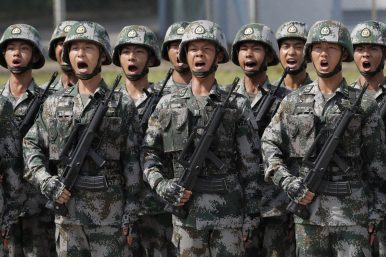
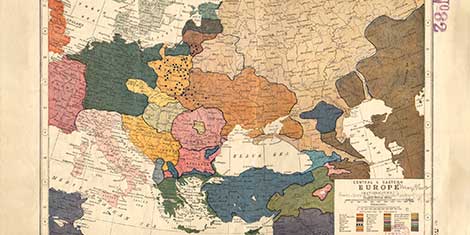
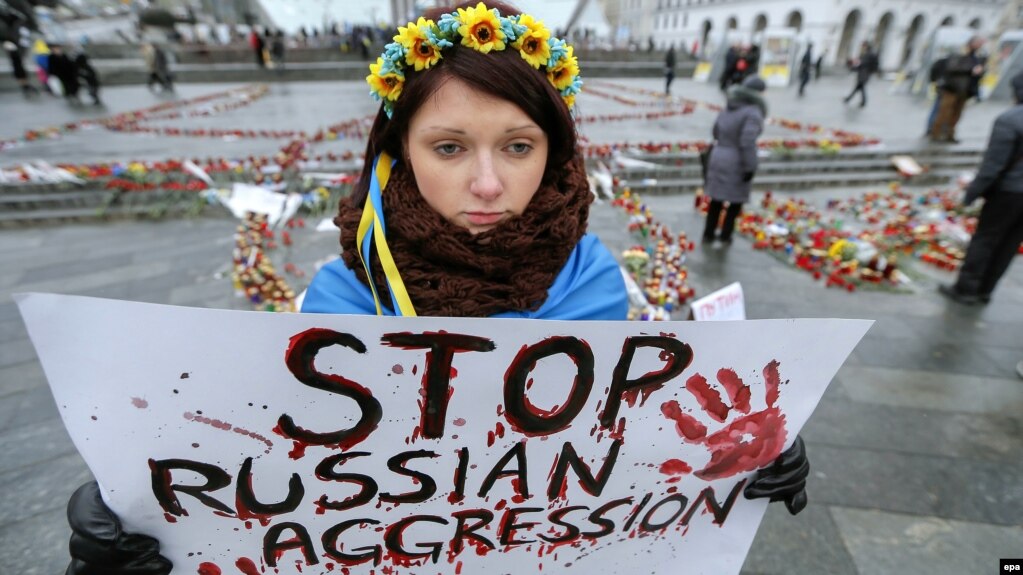

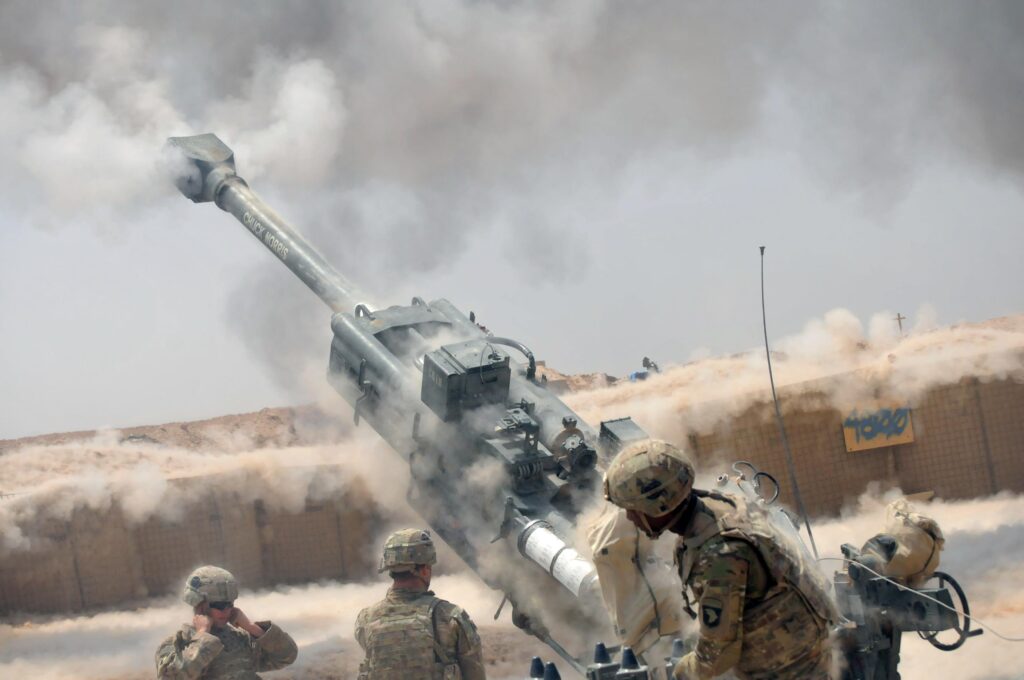


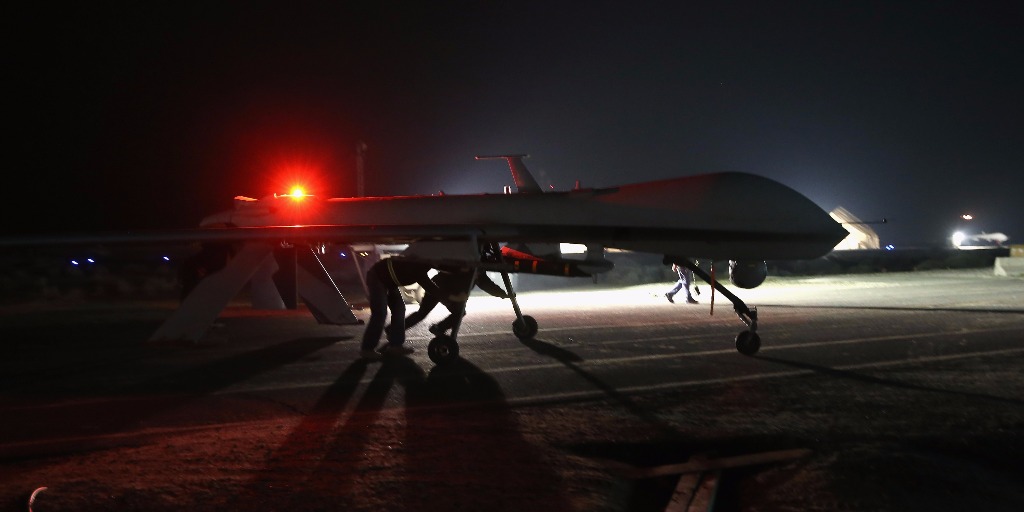
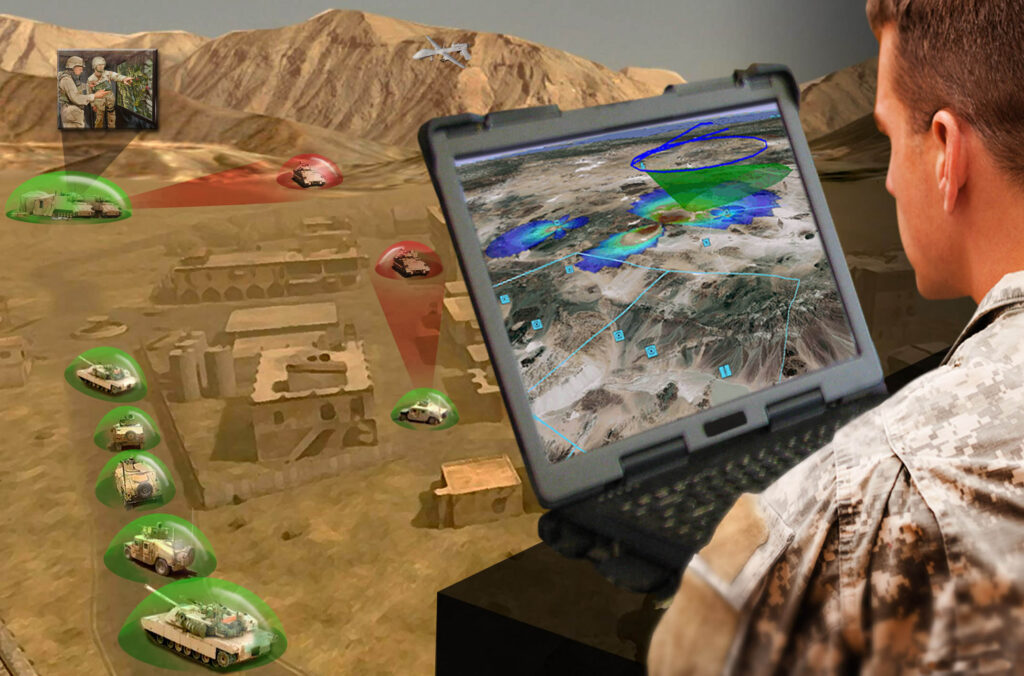

/arc-anglerfish-arc2-prod-mco.s3.amazonaws.com/public/BMG3NVAY6RHL7KWCQMB73R33AA.png)
